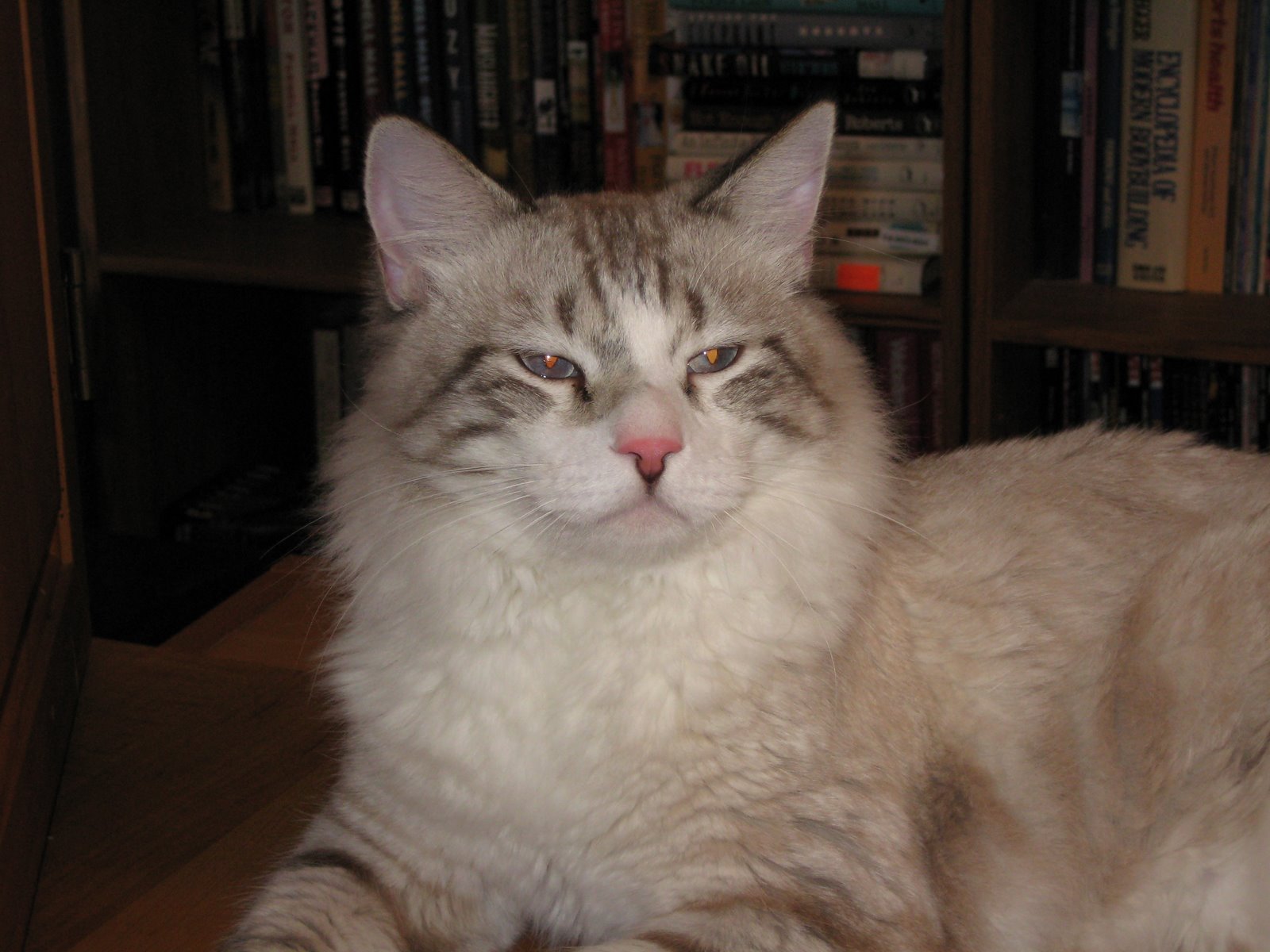From www.washingtoncitypaper.com-original article by Jonathan L. Fischer.
Todd Rundgren, you may be surprised to learn, doesn’t own a cell phone.
This fact might be unremarkable, except that an embrace of new technologies is the only unifier of this pop eccentric’s winding, four-decade career. As a prolific recording artist and producer, Rundgren was an early adapter of the synthesizer, and one of the first to realize its pop-music possibilities. On his mid-’70s solo albums and with his prog outfit Utopia, he pushed the limits of how much music an LP could hold. His Dali-loving 1981 video for “Time Heals” was the first to employ computer graphics; several of his mid-’90s albums were CD-ROMs; and he was an innovator of the internet as a music-distribution tool.
“I’m kind of selective about the technology I adapt for my lifestyle,” Rundgren said in a phone interview last week (he borrowed a friend’s). He was in Cleveland, rehearsing for his current tour, on which he’s reproducing in full his 1973 magnum opus A Wizard, A True Star. Rundgren and his band will perform the album at the Music Center at Strathmore on Thursday night.
“I suppose the first thing that caused me to make such a decision,” he said with a booming chuckle, “was observing the way people behave with cell phones—in dangerous ways, in anti-social ways. Cellphones can lead to a sort of self-importance, and I’m self-important enough already.”
At the very least, the man has chutzpah.
How else to account for A Wizard, A True Star, a sprawling, iconoclastic stream of consciousness that detonated Rundgren’s career as “the male Carole King?” With 19 tracks over 55 minutes—some songs are only a minute long; the longest is 10—the 1973 album more or less earned Rundgren mainstream excommunication, but it also attracted a devoted fanbase. “I was coming off the most successful recordings of my career, and there were a lot of people anxious to put me into a certain niche,” he said. “That was only because [my radio singles] were piano-oriented in an age that Carole King and Elton John were becoming successful.”
So when he entered his New York studio in 1972, he swore his next album would be “anti-formal”—not just a rejection of his fans’ expectations, but of prevailing notions of pop music, as well. “I was producing records for a number of people”—albums by The Band, Badfinger, and The New York Dolls—“and I wanted to do as much as I could do in the studio.” That didn’t just mean synthesizers. A Wizard, A True Star has tracks that seem to start without a beginning and finish without an end; a song lifted from Peter Pan and a medley of bubblegum-soul standards; finicky, operatic metal; and between it all, a generous helping of Brill Building-style pop.
Part of Rundgren’s strategy, he said, was looking to pop’s past, as well as its future. “ I think all musicians have a wider range of interest in music than what they exhibit,” he said. “So it’s just as legitimate to pay homage to the Marx Brothers and Gilbert and Sullivan and Maurice Ravel and Stephen Sondheim as Carole King and Elton John.” Rundgren grew up in Upper Darby, Pa., a Philadelphia suburb, and that city’s soul music also is integral to the album’s musical DNA.
As for pop’s future? “I came to the realization that we should look at the LP as completely unmapped space you can fill in any way you want,” he said. “Each song doesn’t have to be three minutes. It can be one minute, it can be five minutes, it can be eight minutes. And it doesn’t have to have a chorus and a verse; it can start abruptly, it can have found sounds. So the whole exercise for me was trying to map the—I won’t call it disorder—a more colorful range that comes from your head.” The point was to re-create on record the process of thinking about music—or how it feels, as Rundgren said, to “remember songs in pieces and then figure them out.”
For all its tight sequencing, the album was recorded quickly, Rundgren said. And although he was using the studio as an instrument, Rundgren said, he never let the electronics take over. Part of his approach to technology, then and now, “is trying to find a way that you can get a handle on it and use it to advance a nontechnological agenda,” he said. “You’re not using technology for its own sake. Kraftwerk discovered synths and said, ‘let’s sound like robots now.’ But I came from being a guitar player—I was always preferential to the organic nature of the guitar.”
Rundgren declined to reveal too much about the current set of shows, save that he’s restored the costumes from the album’s original tour—think Ziggy Stardust, but more neurotic—and beefed up the visual components. “It’s what I would have done at the time if there had been the demand,” he said. In other words, expect strange and theatrical.
Rundgren put it much better: “This is a cross between Las Vegas and a party.”
Subscribe to:
Post Comments (Atom)
HOBBY OR ADDICTION?








>>[“This is a cross between Las Vegas and a party.”]<<
ReplyDeleteI thought Las Vegas WAS a party!
Maybe he means that what happens at this party, stays at this party?
Friday's Music Requests:
"A Wizard, A True Star"
Yer two CDs by "Los Lobos"
Something typical of "The White Stripes"
Thanks, Discman Toddfan!
~ "Lonesome Dogg" McMe